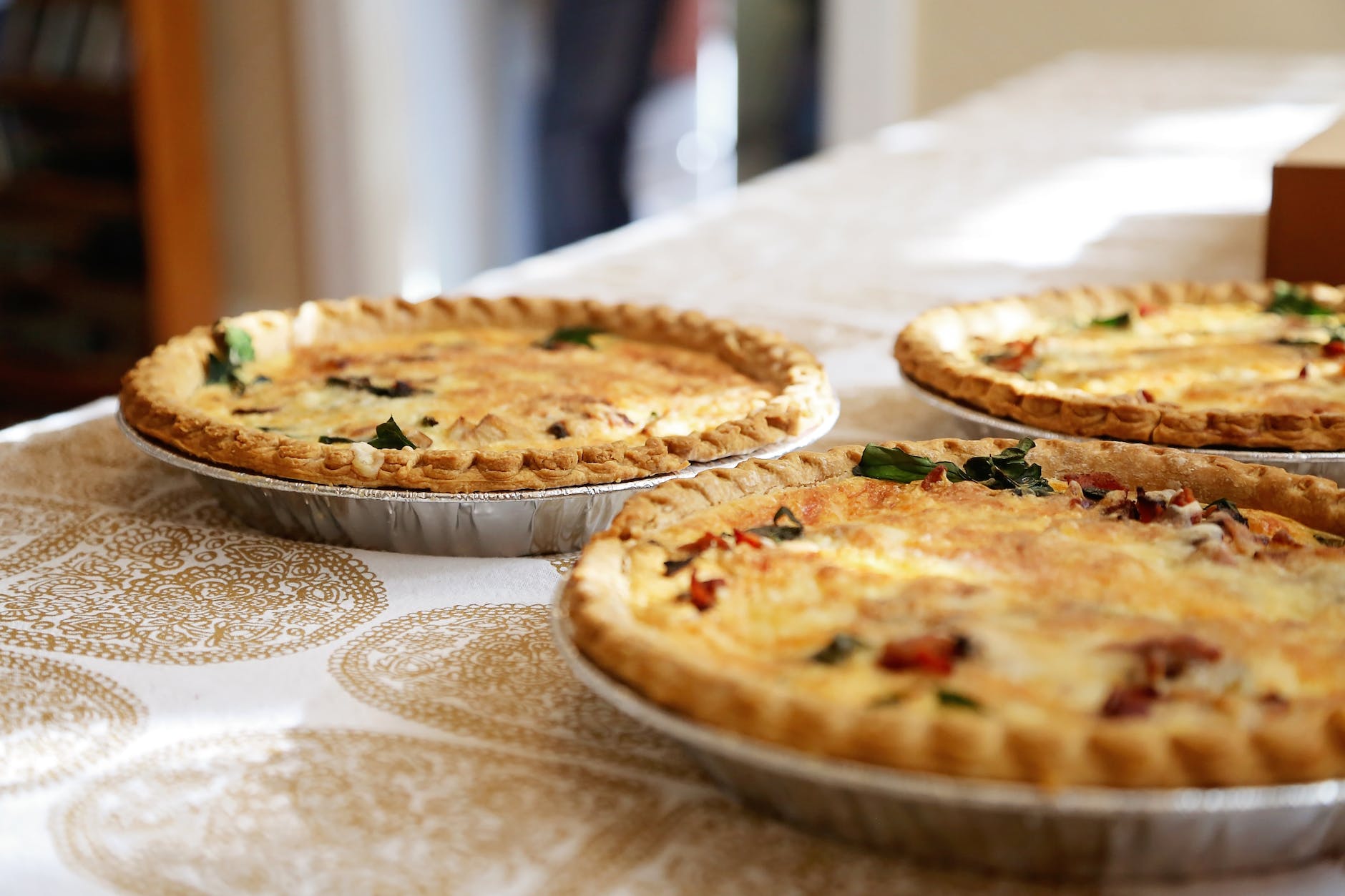Pie crusts have long been a staple in the world of baking, providing a delicious and flaky foundation for a wide variety of sweet and savory pies. However, achieving the perfect pie crust can be a challenge for many home bakers. In this comprehensive guide, we will delve into the art of pie crust making, sharing valuable tips and techniques to help you master this essential skill. From selecting the right ingredients to understanding various mixing methods and mastering the art of rolling, we will provide step-by-step instructions and insights to help you create pie crusts that are consistently tender, flaky, and delicious.
I. Understanding Pie Crust Basics:
Before we dive into the techniques, it’s important to have a solid understanding of the basic components of a pie crust. In this section, we will explore the key ingredients that make up a pie crust, such as flour, fat, liquid, and salt. We will discuss the role of each ingredient and how they contribute to the texture and flavor of the crust. Additionally, we will touch on different types of fats that can be used, such as butter, shortening, or a combination, and their impact on the final result.
II. Selecting the Right Ingredients:
The quality of ingredients used in your pie crust can greatly affect its outcome. This section will guide you through the process of selecting the right flour, fat, and liquid for your pie crust. We will discuss the differences between all-purpose flour, pastry flour, and other specialty flours, and how they can influence the texture of the crust. The choice of fat will also be explored, including the pros and cons of using butter, shortening, or a combination of both. Furthermore, we will highlight the importance of using ice-cold water or other cold liquids to maintain the integrity of the fat and achieve a flaky crust.
III. Mixing Techniques:
The way you mix your pie crust ingredients can greatly impact the final texture. This section will cover various mixing techniques, including the traditional hand-mixing method, using a food processor, or a stand mixer. We will provide step-by-step instructions for each method, highlighting the benefits and potential pitfalls of each approach. Additionally, we will discuss the importance of mixing the dough just until it comes together to prevent overworking and developing gluten.
IV. The Art of Rolling:
Rolling out the pie crust is where many bakers encounter challenges. In this section, we will share expert tips for achieving a perfectly rolled pie crust. We will discuss the importance of chilling the dough before rolling and techniques for preventing sticking and tearing. We will guide you through the process of rolling the dough to the desired thickness and transferring it to the pie dish with ease. Moreover, we will cover techniques for crimping and decorating the edges of the pie crust for a beautiful and professional finish.
V. Pre-baking and Blind Baking:
Certain pie recipes require pre-baking or blind baking the crust before adding the filling. This section will provide guidance on when and how to pre-bake a pie crust. We will explain the purpose of blind baking and the techniques for achieving a crisp and fully baked crust. Tips for preventing the crust from shrinking or puffing up during the baking process will also be shared.
VI. Troubleshooting Common Issues:
Even the most experienced bakers encounter challenges when making pie crusts. In this section, we will address common issues that may arise and provide troubleshooting tips. We will discuss problems like a soggy bottom crust, shrinking crust, or tough crust, and offer solutions to overcome these obstacles. Additionally, we will address issues related to cracking, overbrowning, and uneven baking, and provide insights on how to avoid them.
VII. Flavorful Variations and Enhancements:
While a classic pie crust is delightful on its own, there are various ways to enhance its flavor and texture. This section will explore options for incorporating spices, herbs, citrus zest, or extracts into the dough to create unique and flavorful crusts. We will also discuss alternatives to traditional pie crusts, such as graham cracker crusts or nut-based crusts, and how to make them successfully.
Conclusion:
Perfecting the art of pie crust making takes practice, patience, and a deep understanding of the techniques involved. By following the tips and techniques outlined in this comprehensive guide, you can elevate your pie-making skills and achieve pie crusts that are consistently tender, flaky, and delicious. Whether you’re a seasoned baker or a novice in the kitchen, the satisfaction of creating a homemade pie with a perfectly executed crust is well worth the effort.
